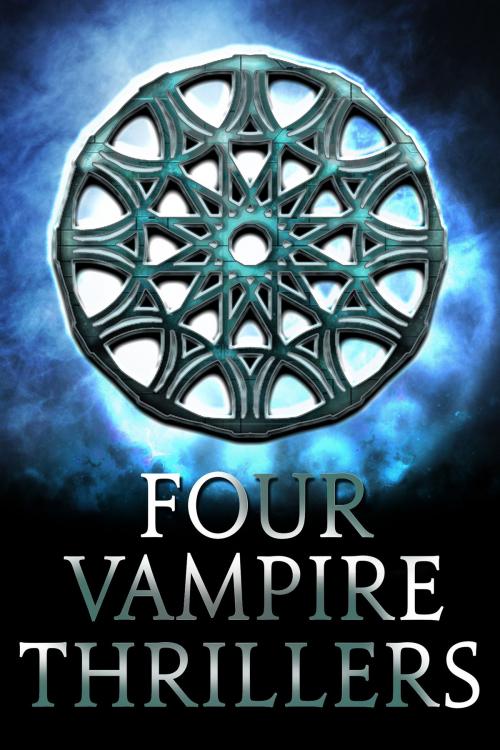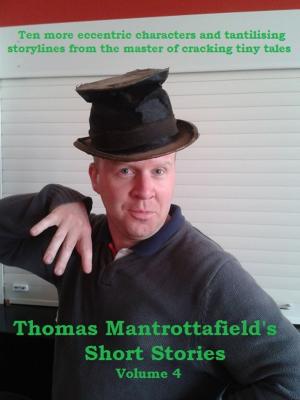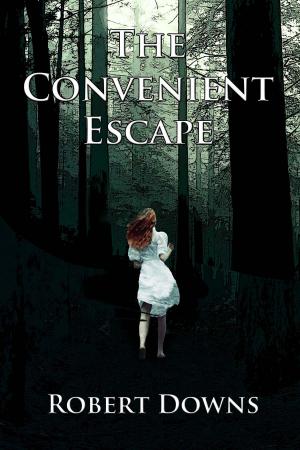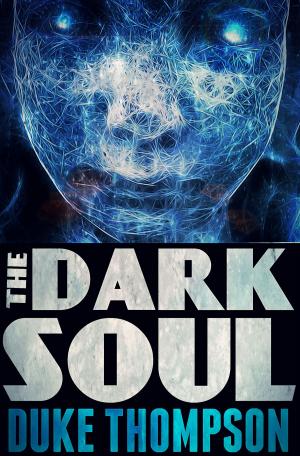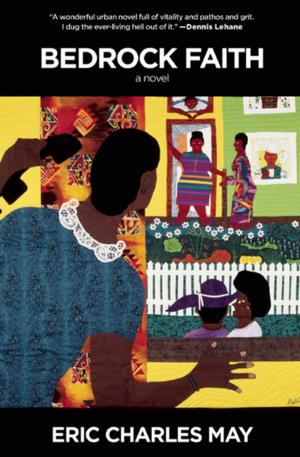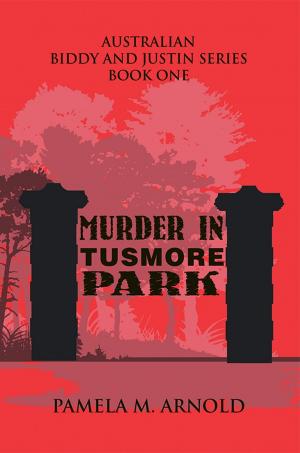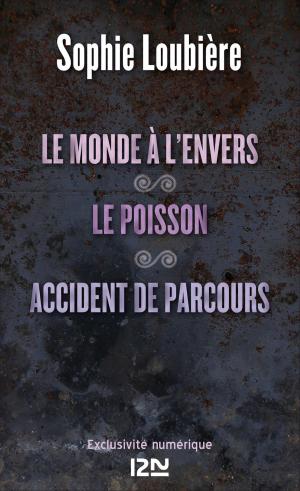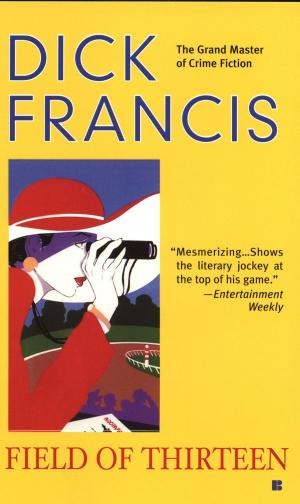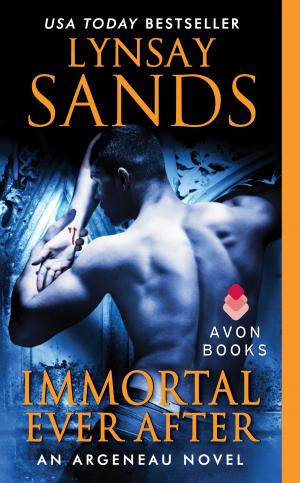Four Vampire Thrillers
Fiction & Literature, Classics, Science Fiction & Fantasy, Fantasy, Mystery & Suspense, Thrillers| Author: | Bram Stoker, George Sylvester Viereck, James Malcolm Rymer | ISBN: | 1230000522953 |
| Publisher: | Classics Press | Publication: | June 30, 2015 |
| Imprint: | Language: | English |
| Author: | Bram Stoker, George Sylvester Viereck, James Malcolm Rymer |
| ISBN: | 1230000522953 |
| Publisher: | Classics Press |
| Publication: | June 30, 2015 |
| Imprint: | |
| Language: | English |
Four classic vampire thrillers from four masters:
DRACULA
The book that still creeps us out, after nearly 120 years! Included with Dracula is the rarely seen short story, "Dracula's Guest." Together, these two stories are guaranteed to entertain and thrill. Famous for introducing the character of the vampire Count Dracula, the novel tells the story of Dracula's attempt to move from Transylvania to England so he may find new blood and spread the undead curse, and the battle between Dracula and a small group of men and women led by Professor Abraham Van Helsing.
THE HOUSE OF THE VAMPIRE
The House of the Vampire is one of the first horror novels to delve into the psychic and emotional aspects of vampirism, lending a measure of psychological suspense to the story.
CARMILLA
Carmilla is a Gothic novella by Joseph Sheridan Le Fanu and one of the early works of vampire fiction. It was first published in 1871 as a serial narrative in The Dark Blue. It tells the story of a young woman's susceptibility to the attentions of a female vampire named Carmilla.
VARNEY THE VAMPIRE
Bram Stoker, Anne Rice, Stephen King, Russell T. Davies and Freidrich Wilhelm Murnau are just some of the writers and filmmakers who have been indebted to concepts originated in the pages of Varney, written in 1847, making it easily the most influential vampire story that few people read. Many of today's standard vampire tropes originated in Varney: Varney has fangs, leaves two puncture wounds on the necks of his victims, has hypnotic powers, and has superhuman strength. Unlike later fictional vampires, he is able to go about in daylight and has no particular fear of either crosses or garlic. He can eat and drink in human fashion as a form of disguise, but he points out that human food and drink do not agree with him. His vampirism seems to be a fit that comes on him when his vital energy begins to run low; he is a regular, normally functioning person between feedings.
Four classic vampire thrillers from four masters:
DRACULA
The book that still creeps us out, after nearly 120 years! Included with Dracula is the rarely seen short story, "Dracula's Guest." Together, these two stories are guaranteed to entertain and thrill. Famous for introducing the character of the vampire Count Dracula, the novel tells the story of Dracula's attempt to move from Transylvania to England so he may find new blood and spread the undead curse, and the battle between Dracula and a small group of men and women led by Professor Abraham Van Helsing.
THE HOUSE OF THE VAMPIRE
The House of the Vampire is one of the first horror novels to delve into the psychic and emotional aspects of vampirism, lending a measure of psychological suspense to the story.
CARMILLA
Carmilla is a Gothic novella by Joseph Sheridan Le Fanu and one of the early works of vampire fiction. It was first published in 1871 as a serial narrative in The Dark Blue. It tells the story of a young woman's susceptibility to the attentions of a female vampire named Carmilla.
VARNEY THE VAMPIRE
Bram Stoker, Anne Rice, Stephen King, Russell T. Davies and Freidrich Wilhelm Murnau are just some of the writers and filmmakers who have been indebted to concepts originated in the pages of Varney, written in 1847, making it easily the most influential vampire story that few people read. Many of today's standard vampire tropes originated in Varney: Varney has fangs, leaves two puncture wounds on the necks of his victims, has hypnotic powers, and has superhuman strength. Unlike later fictional vampires, he is able to go about in daylight and has no particular fear of either crosses or garlic. He can eat and drink in human fashion as a form of disguise, but he points out that human food and drink do not agree with him. His vampirism seems to be a fit that comes on him when his vital energy begins to run low; he is a regular, normally functioning person between feedings.
